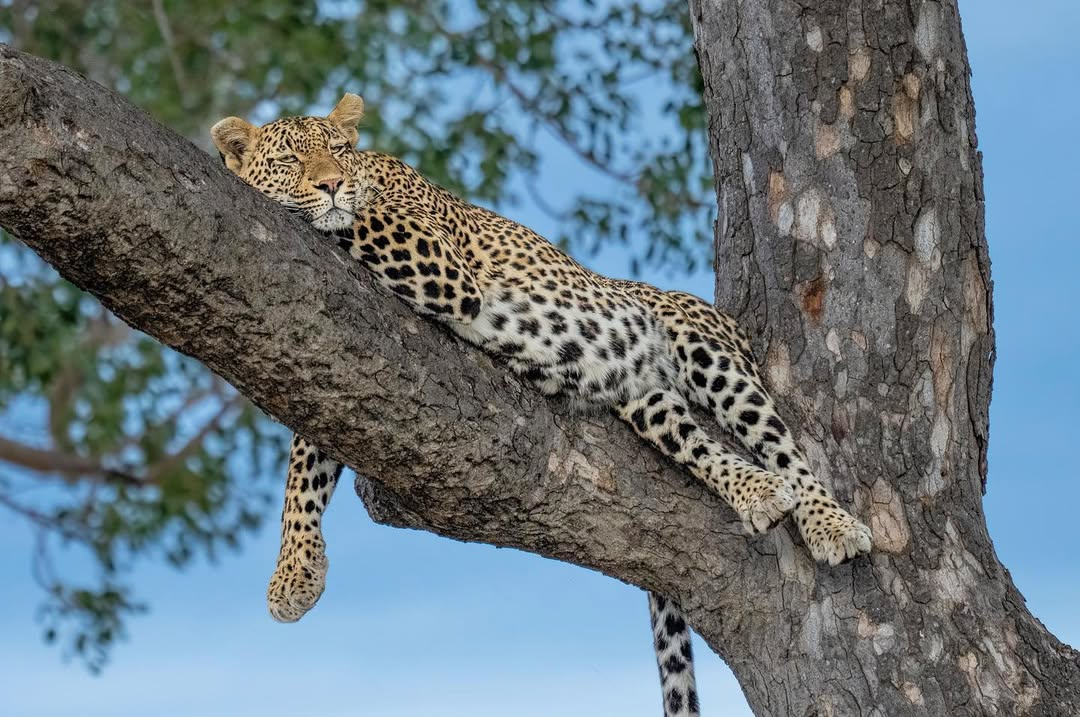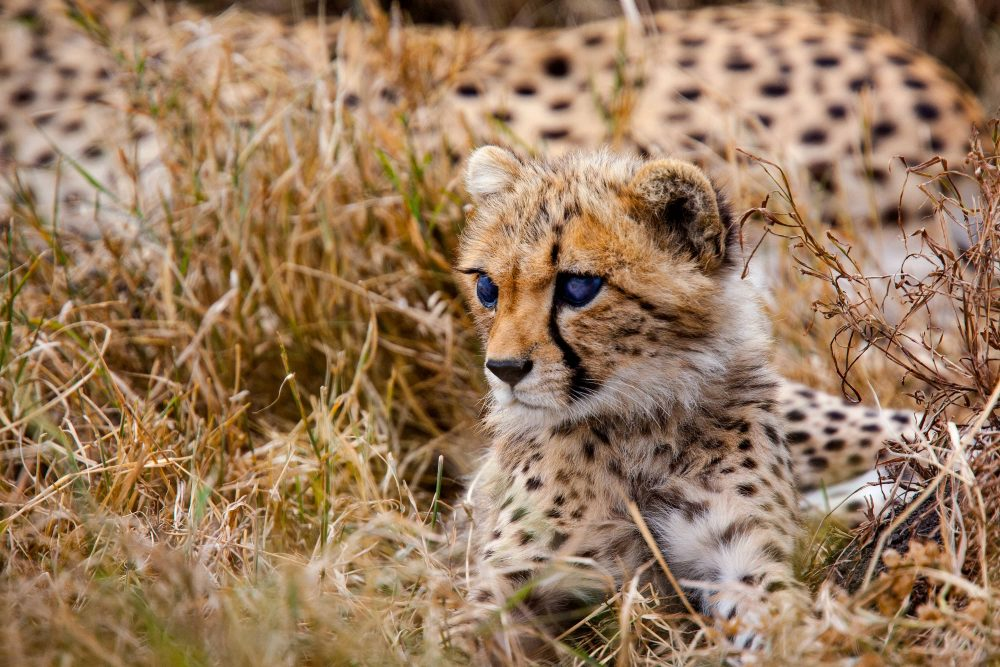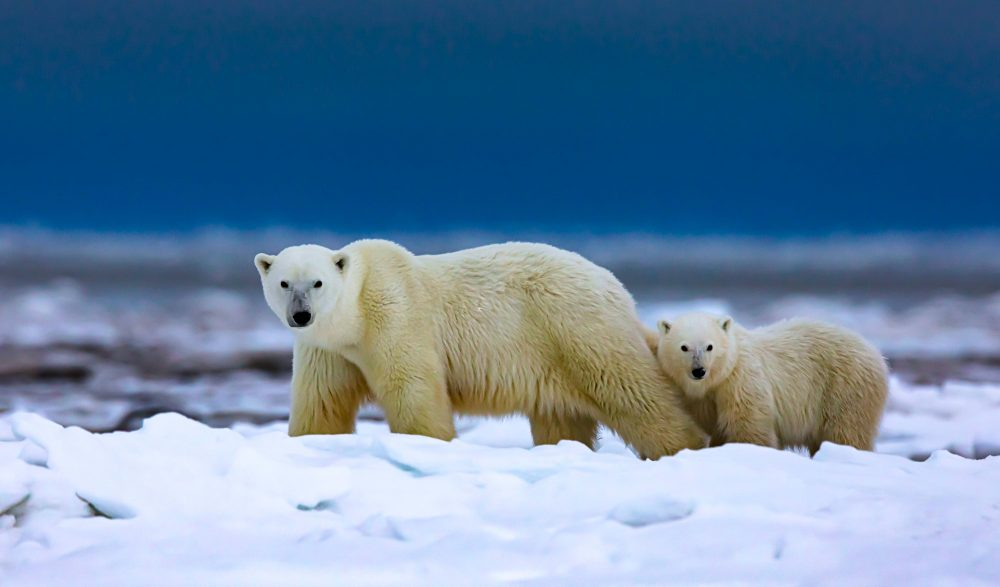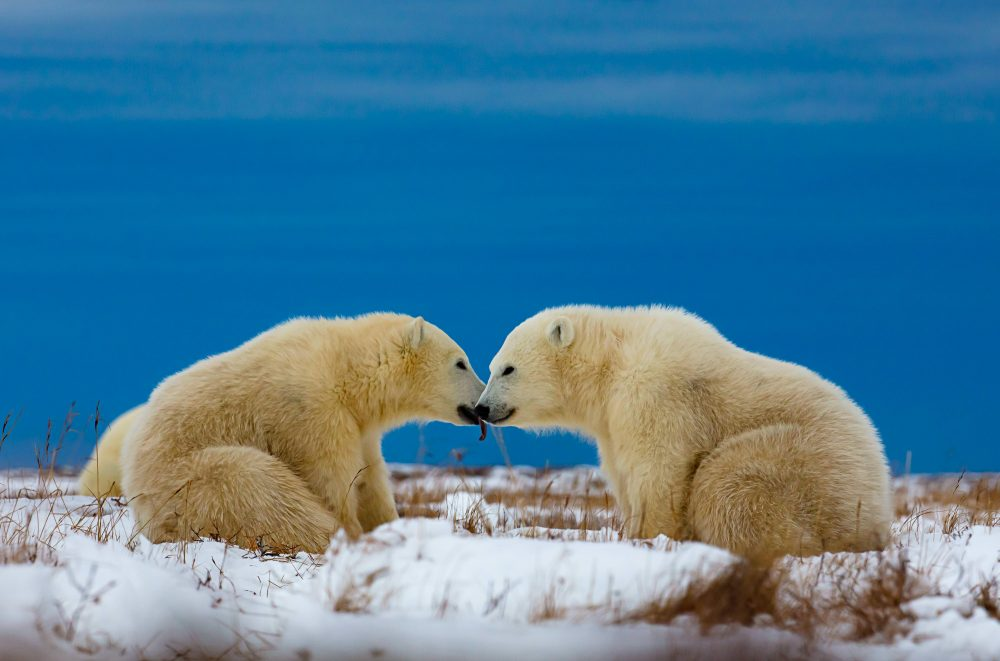Wildlife photography is a thrilling pursuit, but it comes with a profound responsibility. The animals, landscapes, and ecosystems we capture are fragile, and every click of the shutter carries ethical implications. For professional photographers like Marko Dimitrijevic, understanding and practicing ethical wildlife photography is as important as mastering camera techniques.

Respecting the Animal’s Space
The first rule of ethical photography is respect giving wildlife the distance and freedom they need. Animals are not props for a perfect shot; they are sentient beings with natural behaviors that should not be disturbed. Marko often emphasizes the importance of patience over intrusion.
“In my early days, I sometimes got too close to capture dramatic images,” he recalls. “I quickly learned that disturbing an animal not only affects its behavior but also diminishes the authenticity of the photograph.” Maintaining a safe distance, using long lenses, and observing quietly are essential practices. The result? More natural, honest, and impactful images.
Prioritizing Safety For Animals and Photographers
Ethical wildlife photography isn’t just about the animals it’s about your safety as well. Wild animals are unpredictable, and venturing too close can be dangerous. Marko has faced charging elephants, territorial big cats, and even venomous snakes, all reminding him that respect and caution go hand in hand.
Using appropriate gear, knowing animal behavior, and avoiding risky shortcuts are all part of a professional photographer’s code. Every precaution ensures that both the photographer and the wildlife remain unharmed, preserving the integrity of the environment being documented.

Avoiding Manipulation or Interference
Another key principle is to never manipulate the scene. Ethical photographers refrain from baiting, feeding, or altering an animal’s natural behavior to create a more dramatic image. While a posed shot might look visually striking, it can have long-term consequences on wildlife habits and survival.
Marko shares an example from a rainforest expedition: “I once saw a colleague leave food to lure birds closer for a shot. It caused a temporary feeding frenzy and disrupted the natural balance. I realized then that respecting the ecosystem is more important than any photograph.” Authenticity and integrity are always the priority.
Promoting Conservation Through Photography
Ethical photography goes beyond the shutter; it’s a tool for conservation. By capturing animals and habitats in their natural state, photographers can raise awareness, inspire protection efforts, and educate the public about the fragility of our planet.
Marko often collaborates with wildlife organizations, providing images that tell compelling stories of endangered species or threatened ecosystems. His philosophy is that photography should not exploit nature but advocate for its preservation. Each image becomes a silent ambassador for conservation.
Being a Responsible Storyteller
Photography is storytelling, and ethical wildlife photography requires honesty. Avoid exaggerating conditions, misrepresenting species, or staging encounters. The credibility of a photographer and the trust of the audience depends on truthfulness.
Marko explains, “Every photo has a story. My job is to show what’s really happening in the wild, not what I wish was happening. That honesty is what connects people to the natural world.” By telling real stories, photographers can inspire genuine curiosity and care for wildlife.
Tips for Aspiring Ethical Photographers
- Observe First, Shoot Later: Spend time understanding animal behavior before attempting to capture it.
- Use Long Lenses: Maintain distance to reduce stress on wildlife.
- Minimize Disturbance: Move slowly, avoid loud noises, and respect habitats.
- Educate Yourself: Learn about local species, threats, and conservation efforts.
- Share Responsibly: Avoid geotagging locations of vulnerable species to prevent exploitation.
By integrating these practices, aspiring photographers can ensure their work contributes positively to the wildlife they love. Ethical photography is not restrictive; it is a guide to deeper connection, greater patience, and more meaningful artistry.

The Bigger Picture
At its core, ethical wildlife photography is about harmony between the photographer, the animals, and the environment. It requires mindfulness, respect, and responsibility. Marko Dimitrijevic’s approach embodies this philosophy, demonstrating that the most powerful images come from those who prioritize the welfare of the wild over the desire for dramatic shots.
Every ethical choice, from maintaining distance to refusing to manipulate behavior, enriches the photographer’s experience and the story they can tell. Photography becomes not just a craft but a force for awareness and conservation, a legacy of respect that benefits both nature and humanity.

